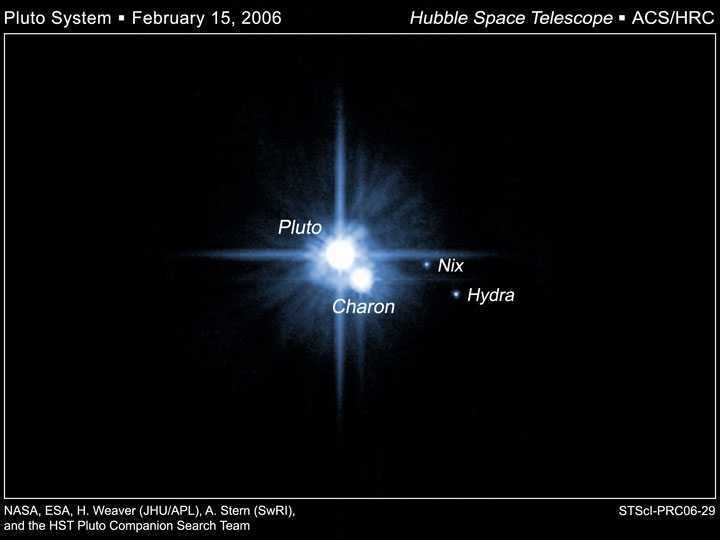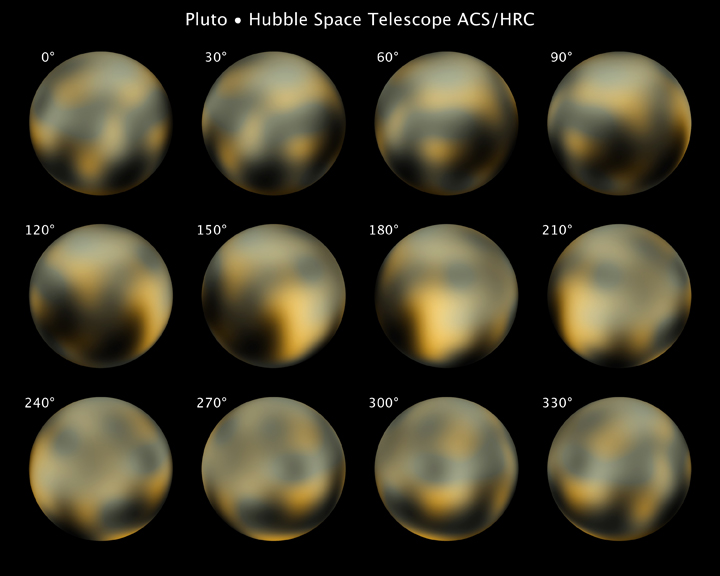TORONTO – In 1930, when Clyde Tombaugh realized that a faint point of light moved across the sky, he likely never imagined that one day we’d see towering mountains on what is clearly a dynamic world more than 5 billion kilometres away.

Here is a look at images of Pluto as it has gone from a point of light to a world complete with mountains, craters and valleys.














Comments